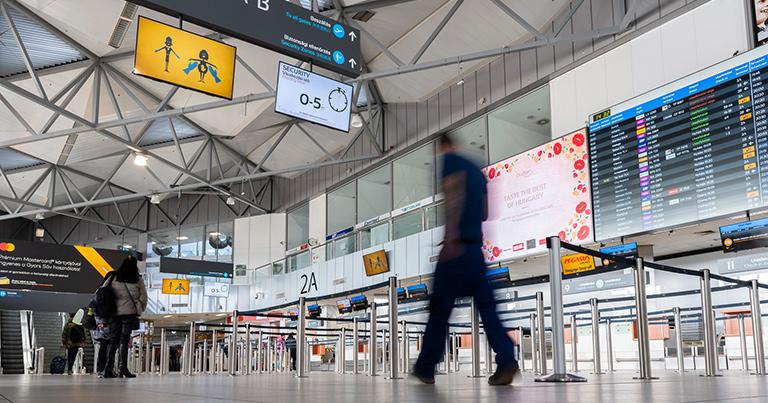
Budapest Airport is enhancing the passenger experience and optimising operations with Veovo’s Passenger Predictability solution. The passenger flow analytics platform will initially focus on preventing bottlenecks and efficiently allocating resources in the airport’s security and check-in areas.
The airport will use data from multiple movement sensors and Machine Learning to understand passenger behaviour, predict the impact of events, and make informed, proactive decisions. The airport also plans to expand the technology from kerb to gate to benefit passengers throughout their airport journey.
Live and predicted queue wait-time information will also be displayed to provide accurate information to passengers.
“Our commitment is to deliver world-class service to our customers and continuously enhance our operational processes,” said István Szabó, Chief Passenger Services Director, Budapest Airport. “Our collaboration with Veovo as a technology partner is a vital aspect of this strategy, enabling us to gain valuable insights, optimise staffing, and improve experiences at our airport checkpoints.”
Veovo’s cloud platform is scalable and allows for initial implementation at the optimal point of impact, expanding to include measurement, prediction and planning in other areas as they are identified. For example, Budapest Airport began using the technology at security and check-in and now plans to use it to forecast passenger show-up profiles and build efficient lane opening plans to match demand.
“We’re delighted to work with Budapest Airport to help improve operations and streamline passenger journeys,” said James Williamson, CEO, Veovo. “The airport is one of a growing number of airports tapping into the power of data and Machine Learning to transform their operational performance.”






